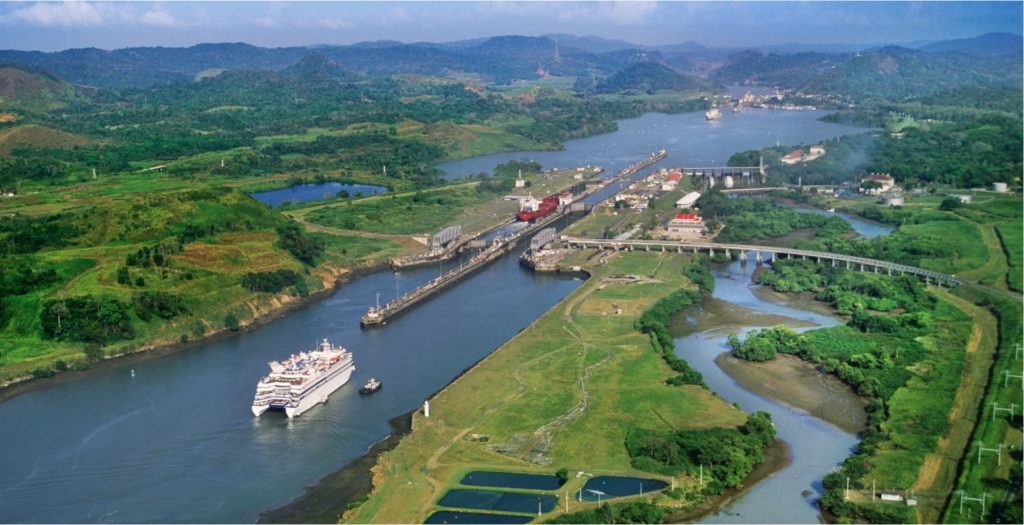An intense and prolonged drought in Panama has caused a worldwide shipping backlog as hundreds of ships wait to cross the canal, and logistics experts are predicting that the impact will likely continue for the rest of the year and into 2024.
The Panama Canal is the primary route for 57% of the total cargo transported in container ships from Asia to the east coast of North America, and around 6% of all global maritime commerce relies on the canal.
But unlike the Suez Canal in Egypt, which relies on free-flowing seawater, the Panama Canal waterway is supplied by fresh water from a nearby artificial lake, Lake Gatun. This year has been unusually dry, and water levels in the lake, and by extension, the Canal, have fallen significantly.
As a result, the canal authority has had to limit the number of vessels that can travel through the Panala Canal per day. Currently, that number sites at 32, which is down from the usual 36 to 38 ships per day. But as of Nov. 1, the number will be further reduced to 31.
According to Business Insider, the situation has become so dire that some shipping companies have paid millions of dollars to buy an earlier place in line. This comes as December approaches and goods for Christmas are starting to be delivered.
The Panama Canal opened in 1914 as a shortcut/alternative to ships having to sail all the way around the tip of South America. But Canal Administrator Ricaurte Vasquez told the media back in August that, “The big disadvantage that the Panama Canal has as a maritime route is that we operate with freshwater, while others use seawater.”
He added: “We have to find other solutions to remain a relevant route for international trade. If we don’t adapt, we are going to die.”
In the meantime, Automotive Logistics is reporting that container box shipments aren’t feeling supply chain problems as strongly, as the canal authority is prioritizing those vessels.
Alternative modes of transportation are also being explored. For example, Mexico’s government is reviving the 188-mile trans-isthmus railway between the Gulf of Mexico and the Pacific Ocean as an alternative for container traffic, which is planned to be up and running by next September.
To stay informed on trade news and other important updates, stay connected with a customs broker.






